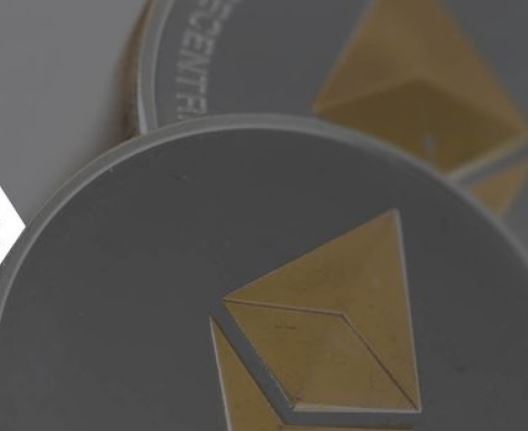Blockchain and Education: A Big Idea in Need of Bigger Thinking

You’ve probably been there: an interview, either for a job or university admission, with the interviewer sitting across from you scrutinizing a piece of paper that holds your credentials. And you can’t shake the feeling that she doesn’t believe you.
It turns out that interviewers are right to be skeptical. According to a recent survey, over half of resumes and job applications contain falsifications, and over three quarters are misleading.
This past week, Sony revealed progress on the development of a blockchain platform to store and share education records. Developed in conjunction with IBM, the service aims to reduce fraud and make it easier to share the information with third parties for recruitment and assessment.
The goal is worthy. Education credentials have largely resisted the pull of technology, and are still held in diverse formats on siloed databases distributed around the world.
However, Sony’s plan to partner with select institutions misses the bigger opportunity: scalability and impact.
Credible credits
For credentials to be useful, they need to be universally recognized and verifiable. In the case of education, this is still largely a manual process that often involves paper documentation and case-by-case checking.
A blockchain platform can help with the trust and distribution issues, but, in an incongruous twist for a decentralized technology, that could well mean adopting a centralized solution.
So, why use a blockchain at all? Couldn’t an immutable database with access privileges do the trick?
As always, it depends on the overall vision. It’s fair to assume that Sony’s intention is to start small and then scale up to include a vast range of educators. So, further down the road the ease of data sharing and updating offered by a distributed ledger could be an important factor.
However, even then, the targeted and permissioned approach is likely to encounter scaling bottlenecks and quality control issues (who decides which institutions deserve to belong?).
Furthermore, it could evolve into a “two-tier” system, in which some of the more progressive and wealthy schools participate and others don’t. Or, even worse, it could open up the market to a chaos of competing systems with different technologies and criteria.
Aim high
A faster and more reliable path to widespread adoption would be to partner with the organizations responsible for deciding which educational institutions are trustworthy: the official education accreditors.
Most jurisdictions have them (some have several), which means that the work of validating the education has already been done. However, there is limited collaboration and significant duplication between them, something that a blockchain platform could help with.
The accreditors could be tasked with managing the system, updating university access and validating credential types.
What’s more, they would be better placed to recommend adjustments in light of sector shifts. As new types of universities and forms of study emerge, the nature of certification is changing. In addition, “lifelong learning” is becoming more than a buzzword, as skill sets need refreshing and career paths become more flexible.
A platform managed by organizations well positioned to spot trends and needs, with a “top-down” approach rather than a piecemeal, “bottom-up” strategy, would be able to better satisfy the requirements of an evolving marketplace.
It would also boost the confidence of both employers and students – and in so doing, could end up contributing to a more flexible and qualified labor force.
That’s a tall order for any new technology. But the need is clear and the upside substantial, assuming the initiative ends up being open, universal and fair.
While it is important to test and iterate, small solutions are likely to end up creating even more silos and tiers. As with the related field of identity, the impact lies in thinking big.











Responses